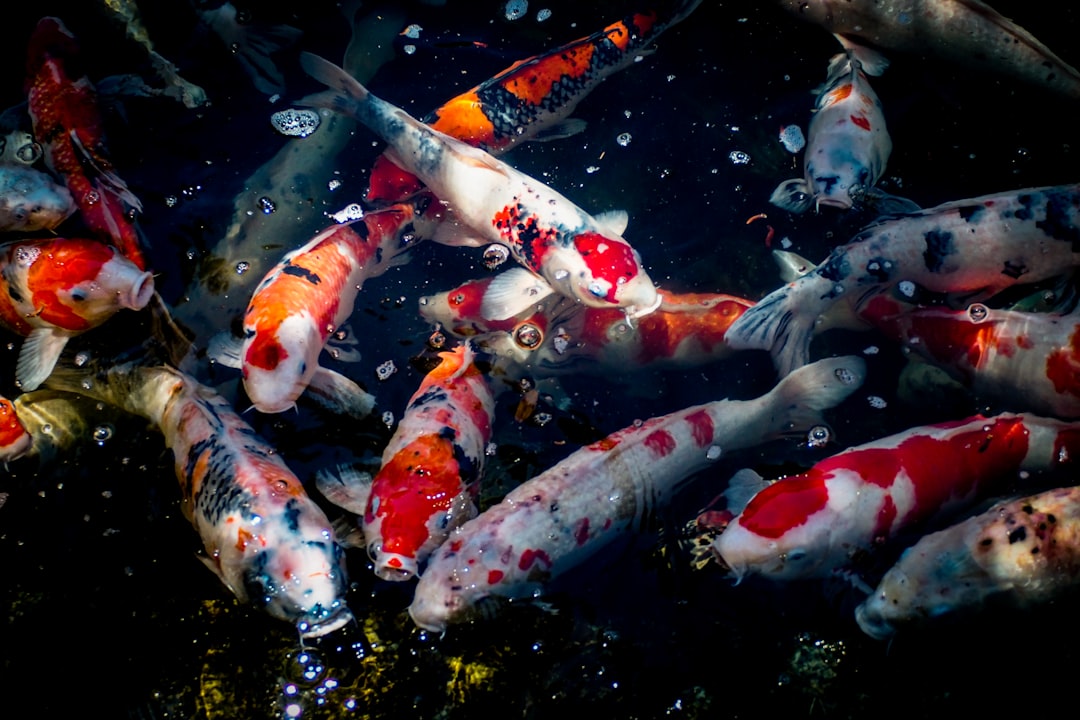Imagine a garden where fish feed the plants, and plants clean the water for the fish. No soil, minimal waste, and a closed-loop system that mimics nature’s balance. Welcome to the world of aquaponics—a sustainable, efficient, and incredibly fascinating way to grow both fish and plants in harmony.
As the global need for sustainable food systems grows, aquaponics is rising in popularity across continents—from backyards and balconies to urban farms and eco-communities. In this blog post, we’ll explore what aquaponics is, how it works, and how you can start cultivating your own symbiotic garden—no matter where you live.
🌿 What Is Aquaponics?
Aquaponics is the combination of two farming techniques:
-
Aquaculture – raising fish in tanks
-
Hydroponics – growing plants without soil
In an aquaponic system, fish produce waste, which is rich in ammonia. Beneficial bacteria convert that ammonia into nitrates, which become nutrients for plants. As the plants absorb these nutrients, they naturally purify the water, which is then recirculated back to the fish.
It's a self-sustaining, closed-loop ecosystem—and it's as elegant as it is efficient.
🐟 How Aquaponics Works: The Cycle of Life
-
Fish are fed with a protein-rich diet.
-
Fish produce waste, mostly ammonia, which is toxic in high concentrations.
-
Nitrifying bacteria (mainly Nitrosomonas and Nitrobacter) convert ammonia into nitrites, then nitrates.
-
Plants absorb nitrates through their roots as nutrients.
-
Water is filtered by the plants and returns clean to the fish tank.
No chemical fertilizers. No synthetic inputs. Just nature doing its thing—with a little human engineering.
🌍 Why Aquaponics Is a Global Game-Changer
💧 Saves Water
Aquaponics uses up to 90% less water than traditional agriculture. The recirculating system only loses water through evaporation and plant uptake.
🧱 Requires Minimal Space
Systems can be built in greenhouses, on rooftops, indoors with grow lights, or even in repurposed containers—ideal for urban settings.
🌱 Double the Harvest
Aquaponics produces two food sources: vegetables and protein-rich fish like tilapia or catfish. It’s a complete mini-farm in one system.
🐛 No Pesticides or Herbicides
Since it's a closed and controlled environment, pests and weeds are less of a problem. No harmful chemicals means healthier food and happier fish.
🌎 Adaptable to Any Climate
With the right insulation or climate controls, aquaponic systems can operate in deserts, cold climates, or densely populated cities.
🥬 What Can You Grow in an Aquaponic System?
Best Plants:
-
Leafy greens (lettuce, kale, spinach, chard)
-
Herbs (basil, mint, cilantro, parsley)
-
Tomatoes, peppers, and cucumbers (with larger systems)
-
Strawberries and microgreens
Suitable Fish:
-
Tilapia – hardy, fast-growing, tolerant of varied conditions
-
Catfish – adaptable and widely farmed
-
Trout – great for cooler climates
-
Goldfish or Koi – for ornamental systems
-
Perch, carp, or barramundi – regional favorites in many countries
🧪 Types of Aquaponic Systems
-
Media Bed Systems
Plants grow in beds filled with gravel or clay pebbles. Great for beginners—simple, versatile, and forgiving. -
Nutrient Film Technique (NFT)
A thin film of nutrient-rich water flows over plant roots in channels. Best for lightweight plants like lettuce or herbs. -
Raft Systems (DWC – Deep Water Culture)
Plants float on rafts with their roots suspended in oxygenated water. Common in commercial setups for leafy greens. -
Vertical Towers
Perfect for space-saving and small-scale systems, especially indoors.
🌐 Aquaponics Around the World
-
Australia – A leader in aquaponic education and backyard systems, especially in arid regions.
-
United States – Urban farms and schools are adopting aquaponics for local food production and STEM education.
-
India – Low-cost, scalable systems are improving food access in rural and urban areas.
-
Kenya – Aquaponics helps tackle food insecurity and provides income for smallholder farmers.
-
Europe – Commercial aquaponics is emerging in cities like Berlin and Paris, combining food production with green design.
🛠️ Getting Started with Your Own System
🧰 Basic Setup Needs:
-
Fish tank (barrel, IBC tote, aquarium)
-
Grow bed with media (gravel or clay pebbles)
-
Water pump and air pump
-
Plumbing (tubing, siphons, valves)
-
Grow lights (if indoors)
-
Starter fish and plants
🌡️ Tips for Success:
-
Cycle your system before adding fish (establish bacteria)
-
Monitor water parameters (ammonia, nitrites, nitrates, pH)
-
Feed fish quality food—but not too much
-
Choose the right ratio of fish to plants (approx. 1 lb fish to 1–2 sq ft of grow bed)
-
Keep water temperature stable for fish health
🧠 Aquaponics = Education + Empowerment
Aquaponics is not just a gardening method—it’s a teaching tool, a business model, and a movement. It brings together biology, chemistry, agriculture, and sustainability in a way that's interactive, productive, and deeply rewarding.
It’s especially powerful for:
-
Schools – hands-on STEM learning
-
Communities – local food access
-
Entrepreneurs – small-scale farming ventures
-
Families – growing food and learning together
Final Thoughts: A Garden of Harmony
Aquaponics proves that when ecosystems work together, incredible things happen. It's a beautiful blend of science and nature—a quiet reminder that sustainability doesn't have to be complicated or high-tech to be powerful.
Whether you're growing basil and tilapia on your balcony or managing a commercial greenhouse, aquaponics invites you to step into a symbiotic world where everything has a purpose, and nothing goes to waste.
So go ahead—create your own living loop of life. Fish, plants, and you… thriving together.

Comments
No comments yet. Be the first to comment!
You must be logged in to comment. Login